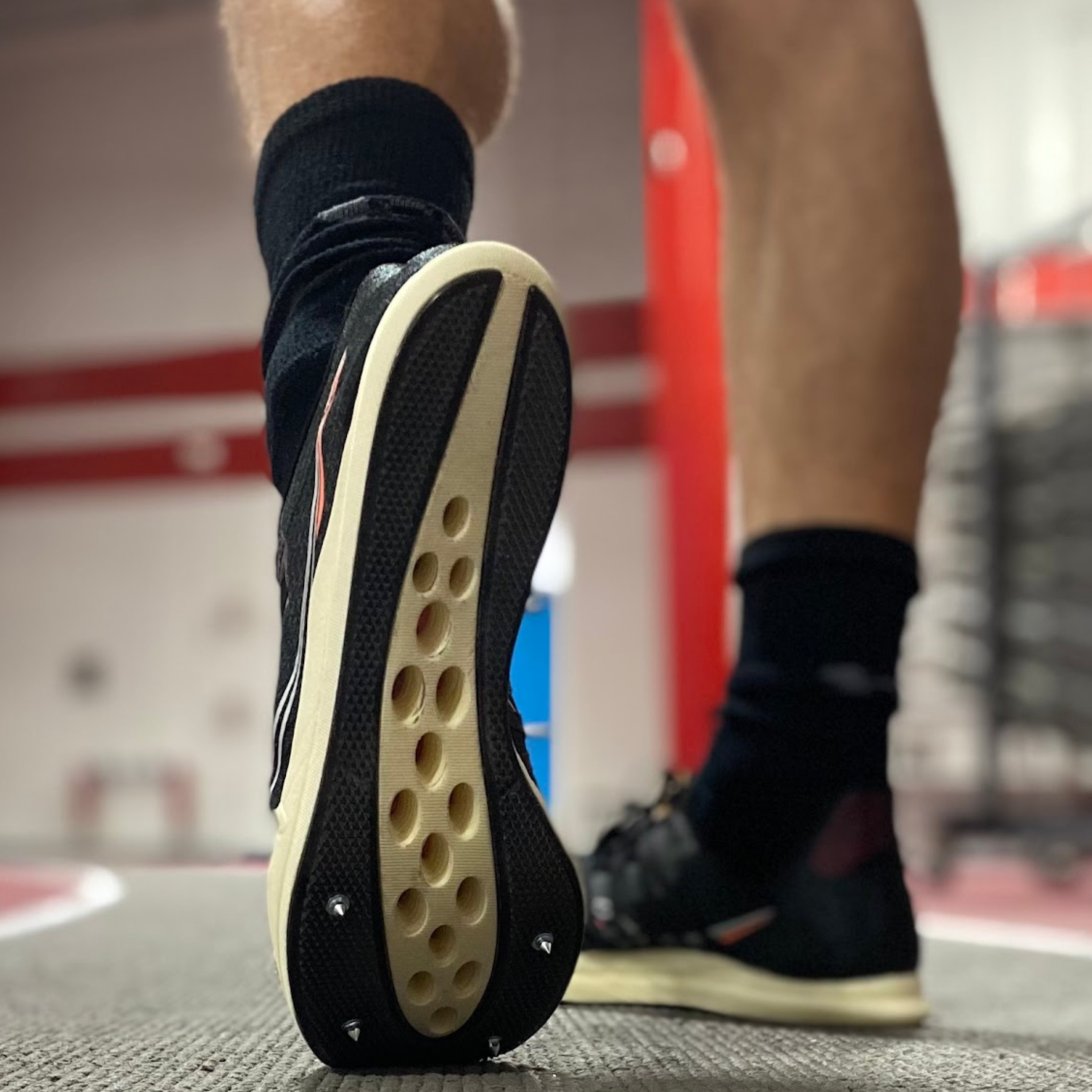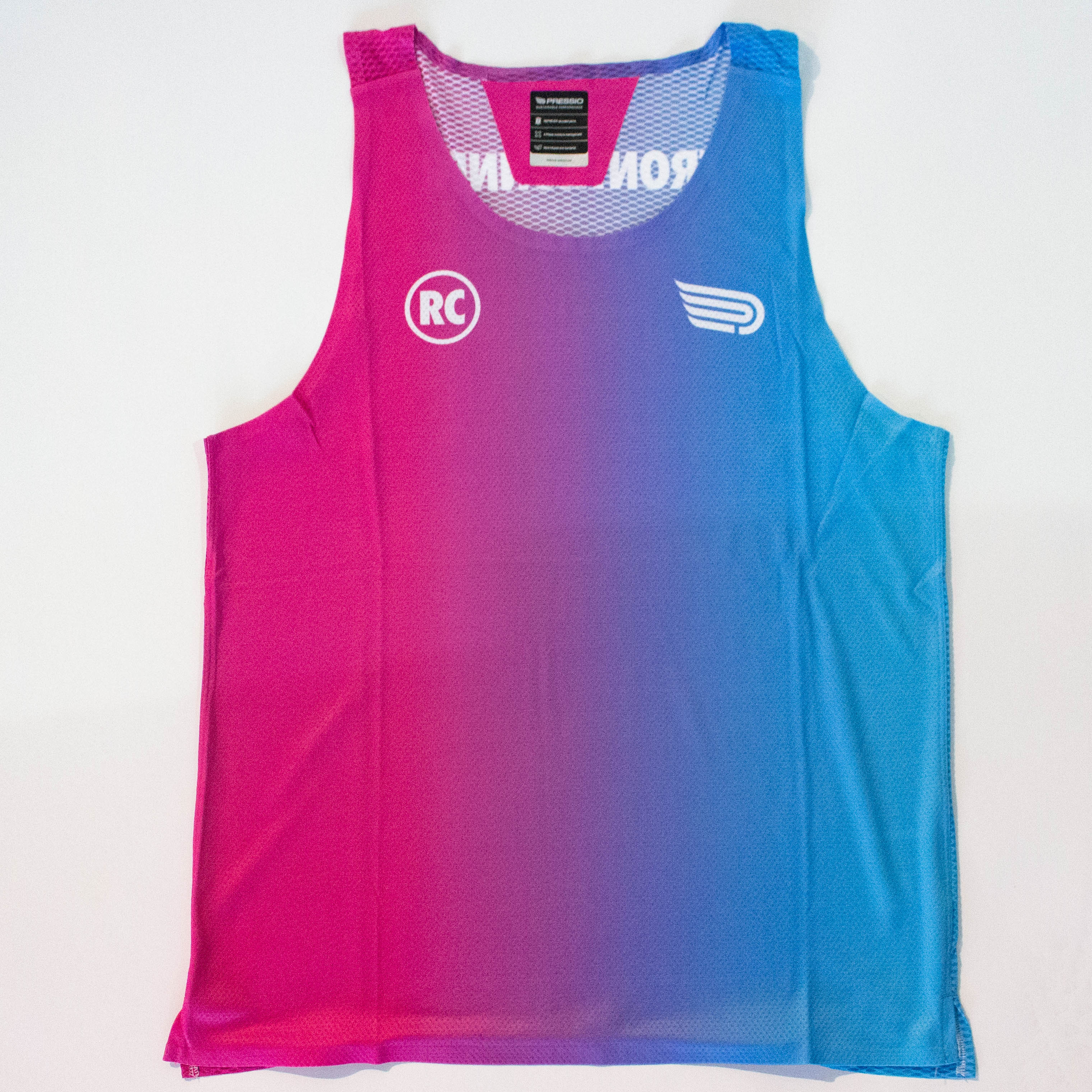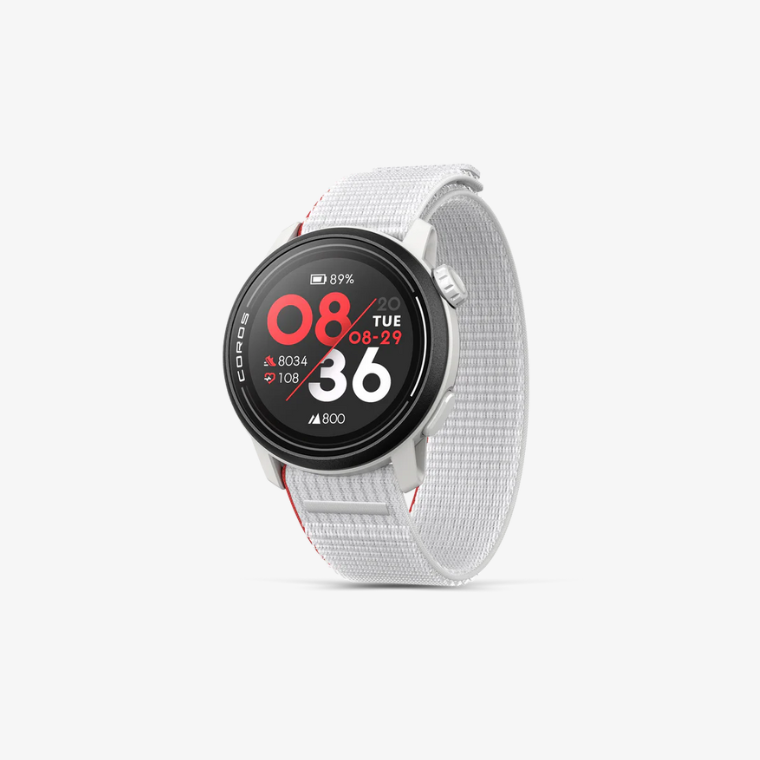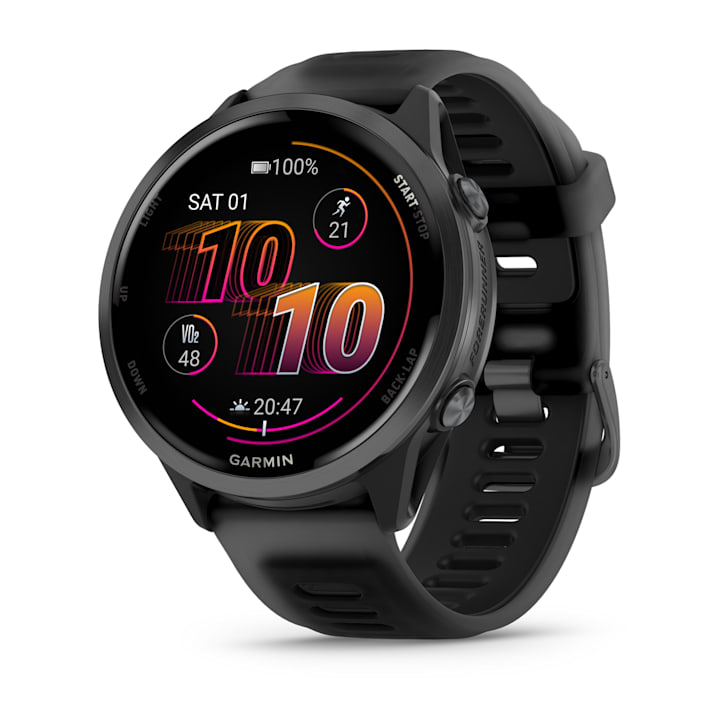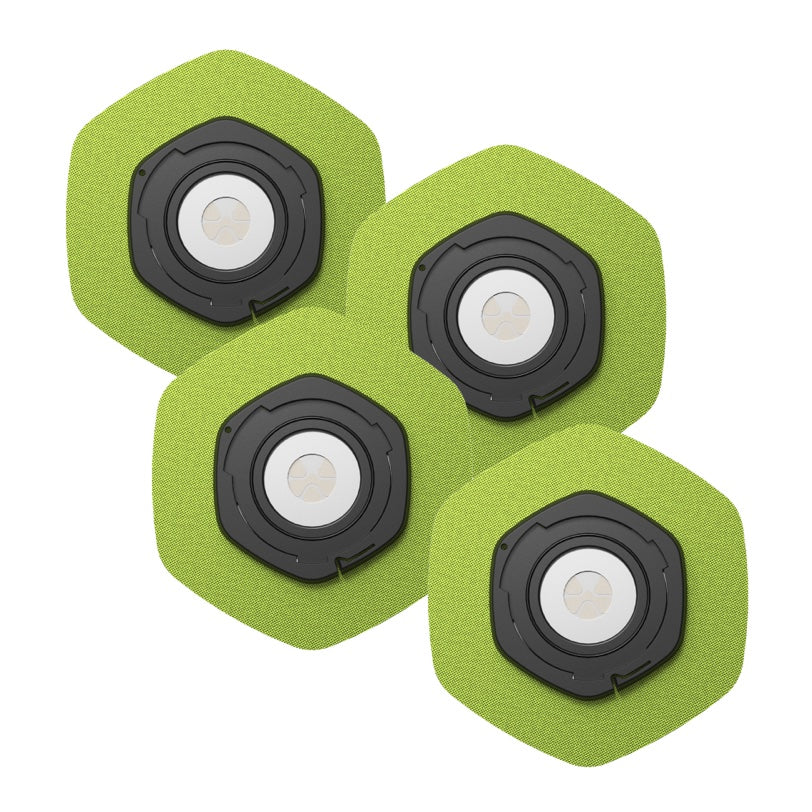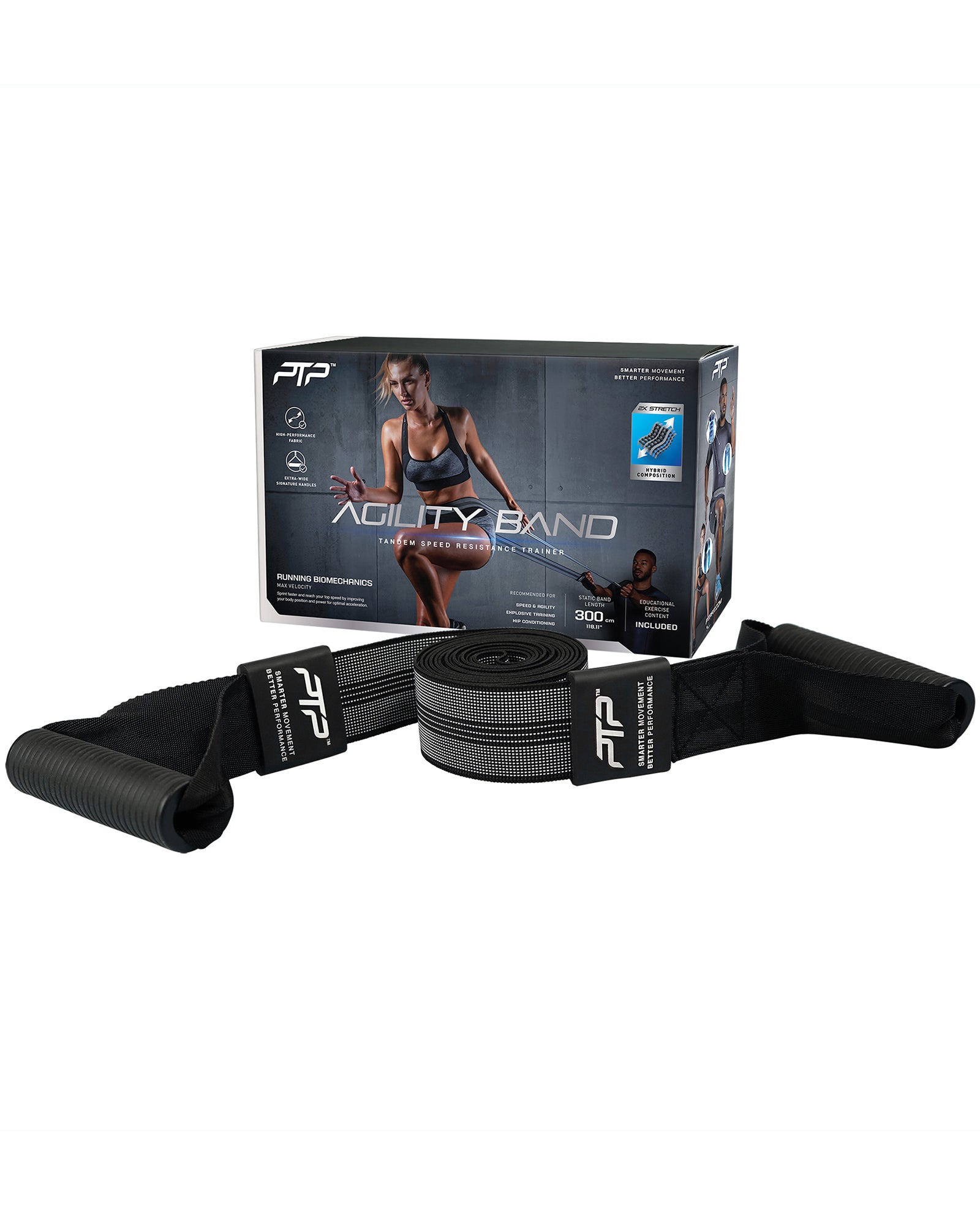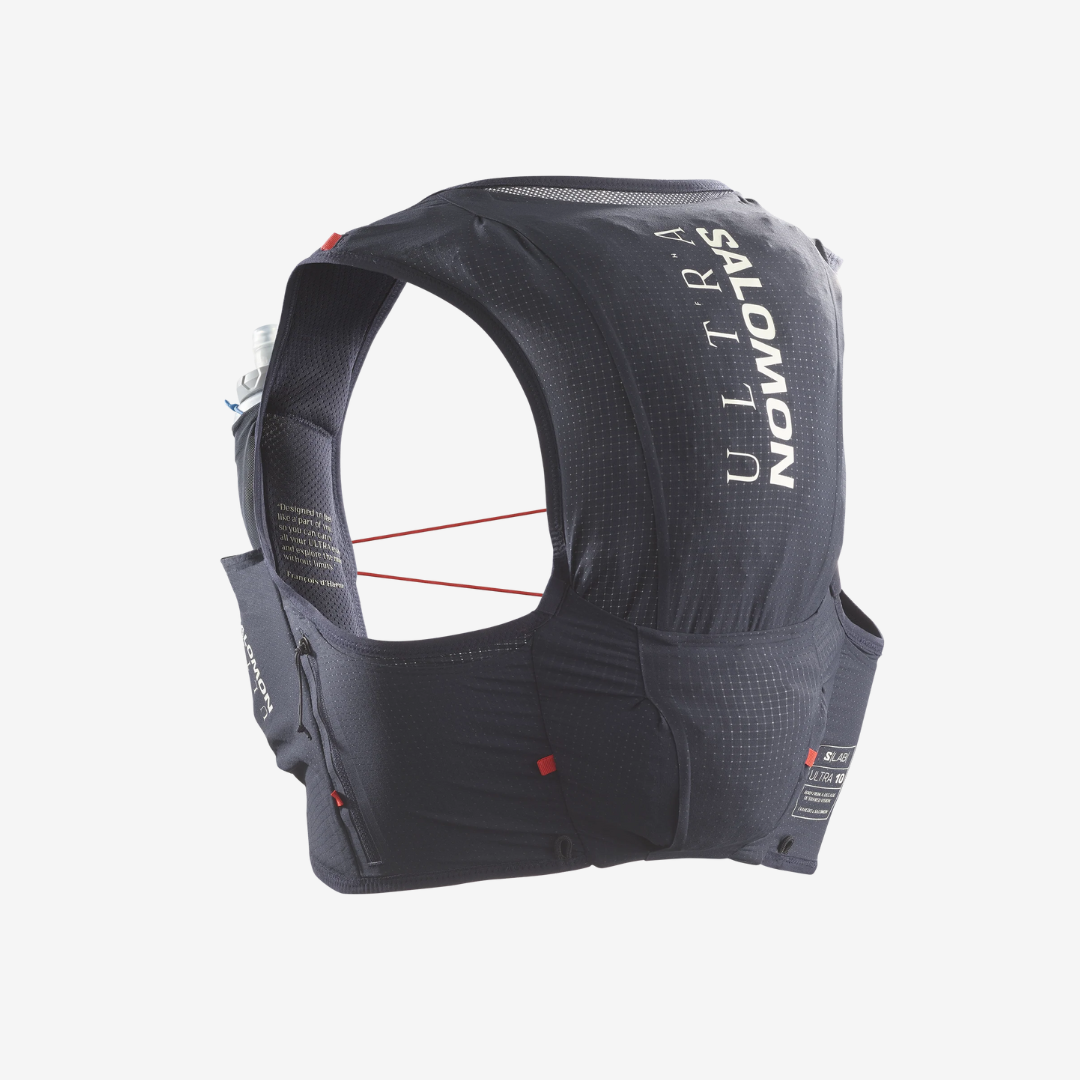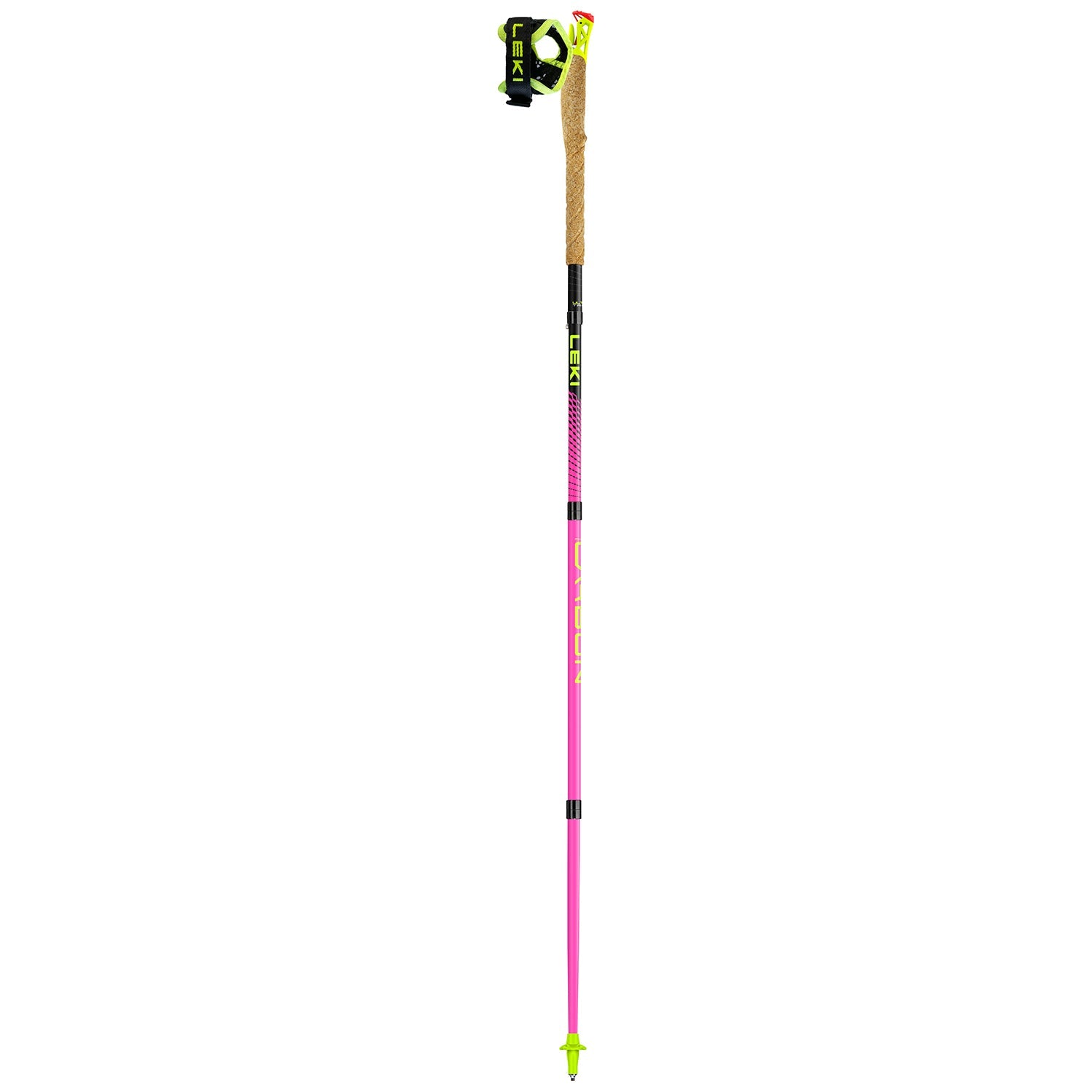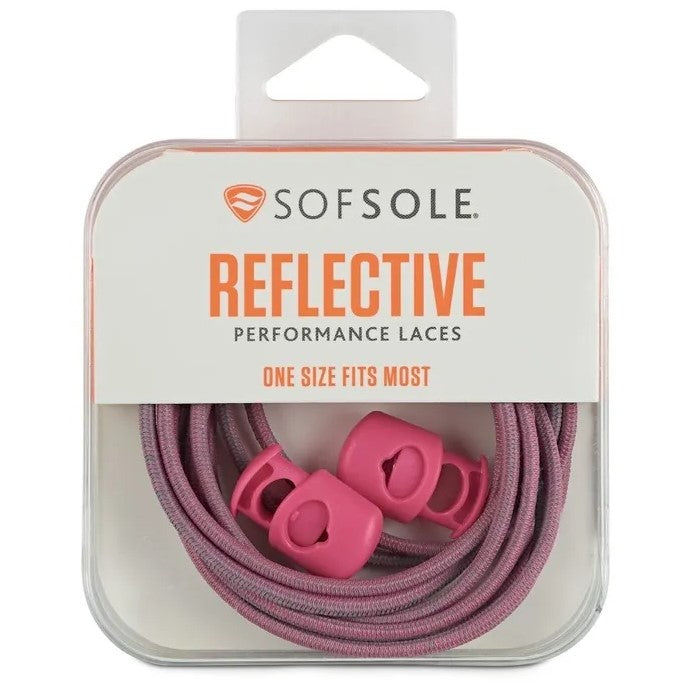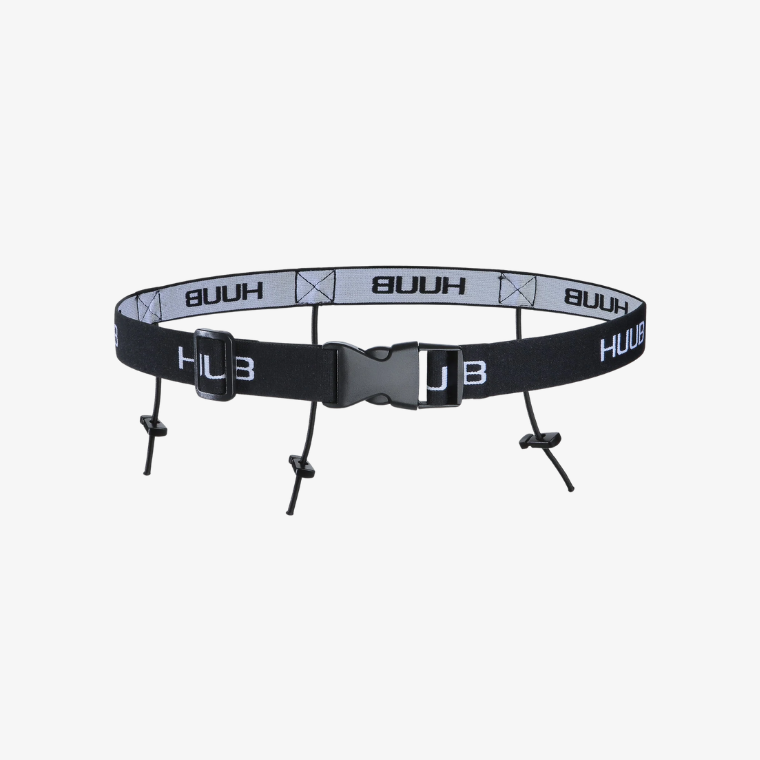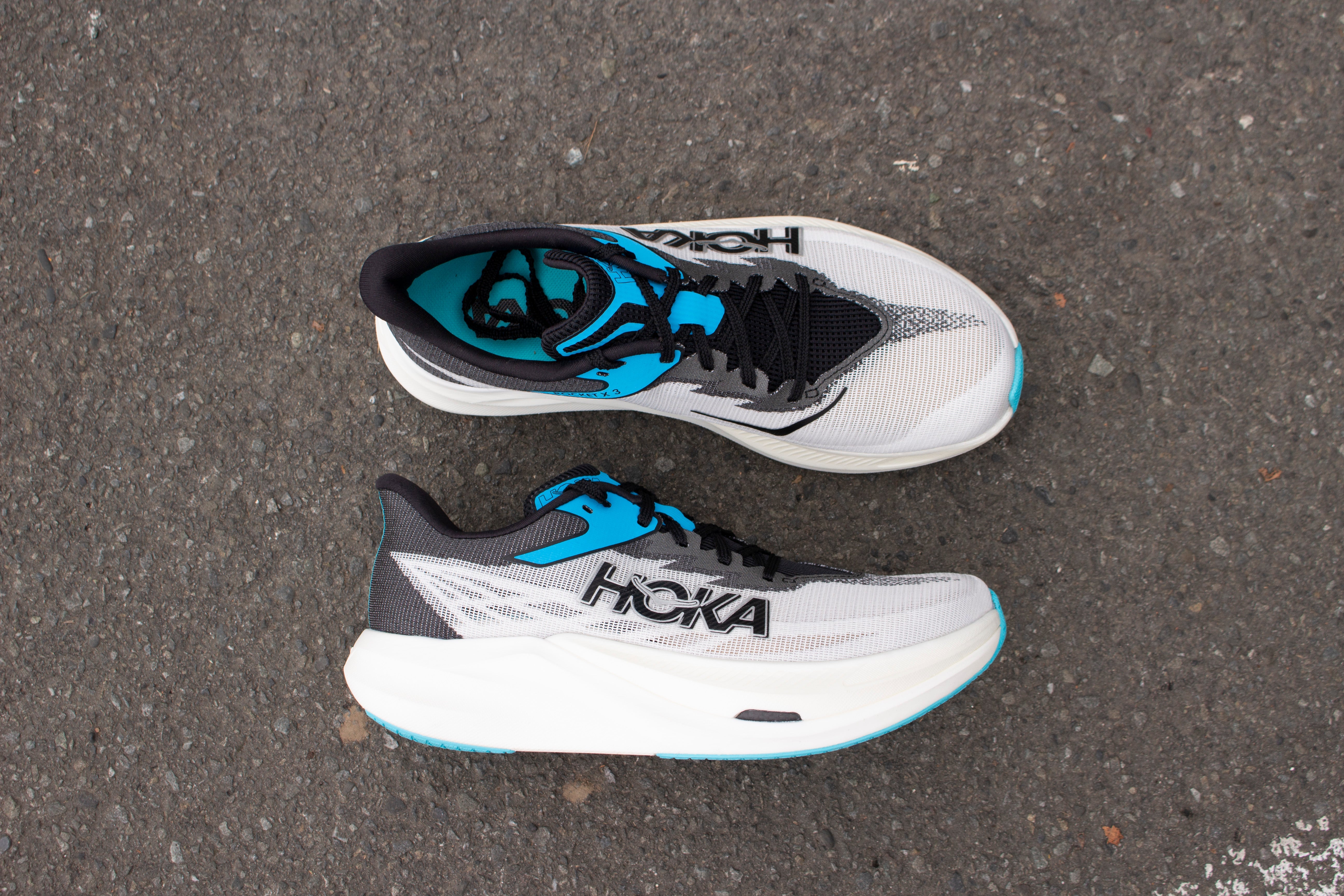Feelings First
I was reviewing some of my athletes' training logs recently, a familiar frustration bubbling up as I scrolled through the data. Despite clear instructions to train at a specific rate of perceived exertion (RPE), several had ignored this guidance in favour of what their watches told them.
"Keep it conversational," I'd written in their instructions.
"This should feel like a 3-4 out of 10 effort."
Yet there in the comments:
"Watch showed I was in Zone 3, so I walked for a bit to get my heart rate down."
And: "Struggled to keep pace in the right range while staying in Zone 2."
This pattern repeats itself with striking regularity across athletes of all levels. Give subjective instructions, and many will immediately translate them into objective metrics (pace/power/HR) often to their detriment.
This, and living in a culture that has to measure EVERYTHING (Austria), got me thinking about the modern runner's relationship with data and how it might be getting in the way of their relationship with running itself.
The Data Deluge
We live in the age of quantification. Every step, every heartbeat, every calorie, all meticulously tracked, graphed, and analysed. Our watches buzz, beep, and vibrate when we're allegedly going too fast or too slow.
Apps give us badges, streaks, and social validation. Running has been gamified to within 2.54cm of its life.
Don't misunderstand me – I’m no Luddite - data can be incredibly useful. But as with all tools, it's not what you have but how you use it that matters.
Zone 2 Frustration
Picture this scenario: A new runner, excited about their journey, reads about the importance of easy training and "Zone 2 training" – that magical aerobic sweet spot where you build endurance without excessive stress. Armed with their new GPS watch, heart rate monitor strapped tightly to their chest, they head out for their first proper "base building" run.
Within moments, their watch starts beeping angrily. Their heart rate is too high – they're in Zone 3, maybe even Zone 4! They slow to a shuffle, but the beeping continues. Eventually, they're practically walking, frustrated and confused.
"How the f*$k am I supposed to run if I can't even keep my heart rate down at this pace?" is a common note in my messenger.
Sound familiar?
The issue isn't the concept of Zone 2 training – which is legitimately valuable – but rather the over-reliance on external metrics at the expense of internal feedback.
Subjective vs. Objective
When coaches tell runners to use the "talk test" (being able to hold a conversation) or rate of perceived exertion (RPE), these subjective measures are often dismissed as less valuable than the "hard data" from devices.
"But feelings aren't accurate!" some might protest. "The numbers don't lie!"
Not to mention feelings are not legal currency on Strava.
And yet, here's the uncomfortable truth – those numbers might not be telling the full story either.
Heart rate is influenced by:
- caffeine,
- sleep quality,
- stress,
- hydration,
- temperature,
- and dozens of other factors.
GPS watches can struggle with accuracy under tree cover or between buildings. And standardised training zones rarely account for individual variations.
The most sophisticated instrument for measuring the complex interplay between effort, fatigue, and performance isn't strapped to your wrist – it's housed within your skull.
Train WITH Data, Not TO Data
There's a saying in cycling circles: "Train WITH power, not TO power."
The same principle applies to running.
When you train TO a number, you've outsourced your bodily awareness to an algorithm.
When you train WITH data, you're using technology as a complement to your internal feedback systems, not a replacement.
Consider this approach instead:
- Begin with feeling. How does this pace feel? How's your breathing? Could you maintain a conversation? Is this sustainable for the intended duration?
- Check your data afterward. How did your perceived effort correlate with your heart rate or pace? Over time, you'll calibrate your internal sense of effort with external metrics.
- Use trends, not absolutes. One day's numbers mean very little. Patterns over weeks and months tell the real story.
This isn't just some wishy-washy hippie approach to running. Elite athletes have been doing this for decades, long before GPSs and heart rate monitors became ubiquitous. They developed exquisite body awareness because they had no alternative.
A Personal Anecdote
I remember working with an athlete who was religiously following her watch's guidance for her easy runs. Despite diligently keeping her heart rate in Zone 2, she was experiencing persistent fatigue and declining performance.
After some discussion, we decided to try a two-week experiment: run without looking at heart rate during the run, focusing instead on maintaining a genuinely easy, conversational effort.
The results? Her subjectively easy runs actually produced lower average heart rates than when she was actively trying to stay in Zone 2. By chasing the numbers, she'd been creating tension – physical and mental – that was counterproductive to the very goal she was pursuing.
Building Body Literacy
Think of developing your internal feedback system as building "body literacy" – the ability to read, interpret, and respond to the signals your body is sending.
This skill takes time to develop, especially in our digitally mediated world where we're often disconnected from physical sensations. But it's a skill worth cultivating, not just for running but for overall health and wellbeing.
Start small:
- Try one run per week without looking at your watch until the end
- Practice rating your perceived exertion before checking your data
- Learn to distinguish between "good" discomfort (productive training stress) and "bad" discomfort (potential injury signals)
- Notice how different factors (sleep, nutrition, stress) affect how the same pace or route feels on different days
Data as Servant, Not Master
To be clear, I'm not suggesting you throw away your fancy running watch or delete your training apps. Technology can provide valuable insights, help track progress, and add an element of fun to training.
The key is to ensure that technology remains your servant, not your master.
Use data to:
- Confirm or challenge your perceptions
- Identify trends over time
- Prevent overtraining by spotting unusual patterns
- Celebrate genuine progress
But don't let it:
- Override your body's signals
- Create unnecessary stress or anxiety
- Dictate your enjoyment of the run
- Replace the development of internal awareness
The Joy Factor
There's something else that gets lost in the data obsession: joy.
Running, at its core, is one of the most primal and liberating activities available to us. There's a reason children naturally break into a run when they're happy – it feels good to move quickly, to feel the wind on your face, to experience your body in motion.
When we become overly fixated on numbers, we risk turning this inherently joyful activity into another productivity exercise, another area of our lives to optimise and quantify.
Some of your best runs – the ones that remind you why you fell in love with running in the first place – might well be the ones where you leave the watch at home and simply run by feel.
A Simple Challenge
If you're feeling brave, try this: For your next easy run, leave your watch at home (I know, you didn’t sell a kidney to leave your expensive watch at home). Run at a pace that feels genuinely sustainable and pleasant. Focus on your breathing, your footfalls, the sensation of movement.
Afterward, reflect on the experience. Did you miss having data? Did you run faster or slower than usual? Did you enjoy it more or less?
You might be surprised by what you discover.
The Path Forward
The relationship between subjective feeling and objective data doesn't have to be adversarial. At their best, they form a feedback loop that makes you a more attuned, effective runner.
Over time, with practice, your internal sensing will become more refined. Your perceived effort will align more closely with physiological reality. And rather than being distracted by beeps and buzzes, you'll be present for the run itself – the changing terrain, the shifting light, the rhythm of your breath, the sensation of your body moving through space.
But it is perhaps more important to let your physiological data sync with your feelings, rather than trying to wish/will/whip your feelings to match your physiological data.
In a world increasingly mediated by screens and algorithms, running offers a rare opportunity to reconnect with our physical selves. Don't outsource that connection to a device on your wrist.
Feel first.
Measure second.
And remember why you run in the first place.
Jamie Scott
BPhEd.BSc.PGDipSportMed.PGDipNutMed
HEALTH AND PERFORMANCE NUTRITIONIST



